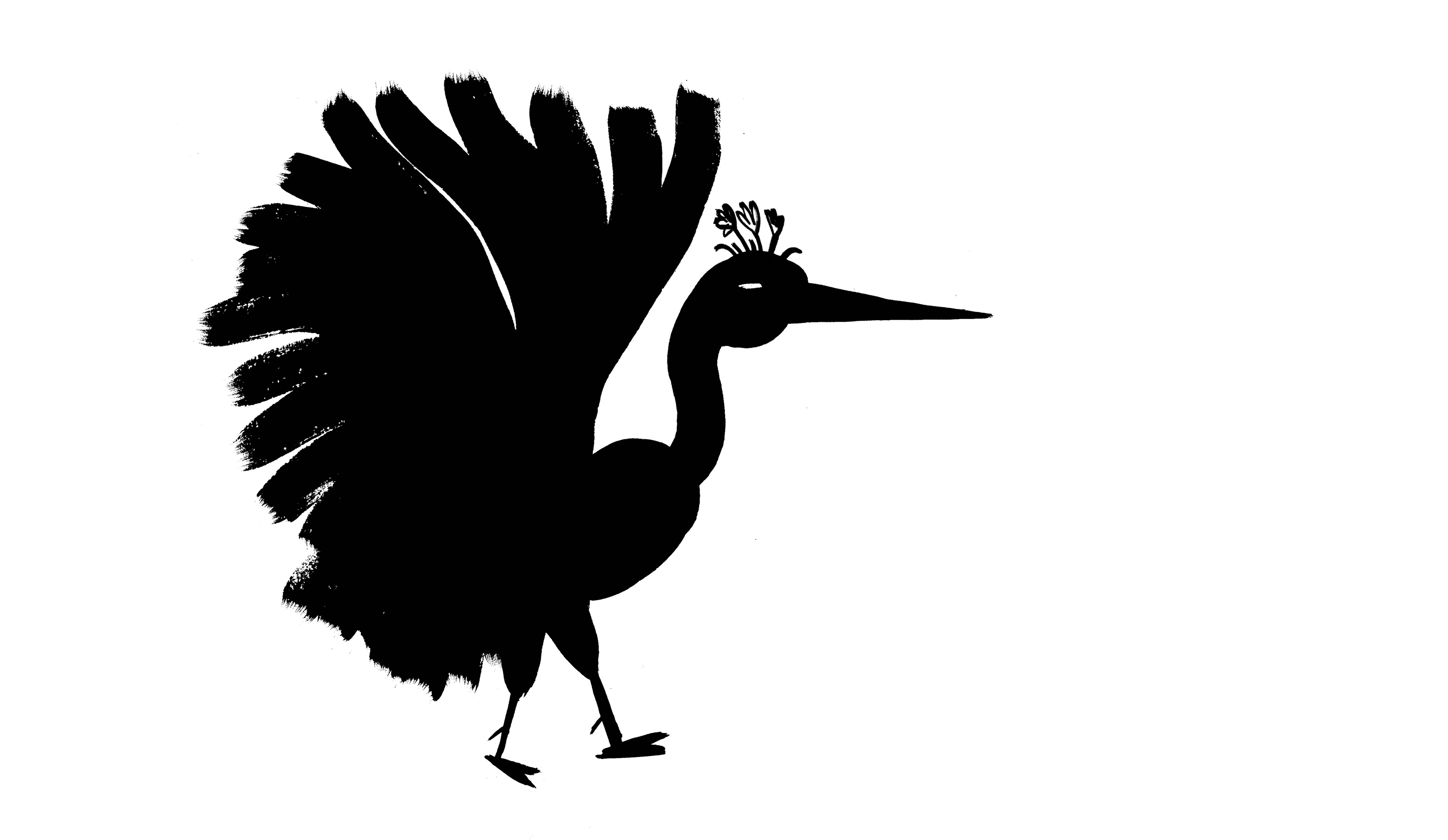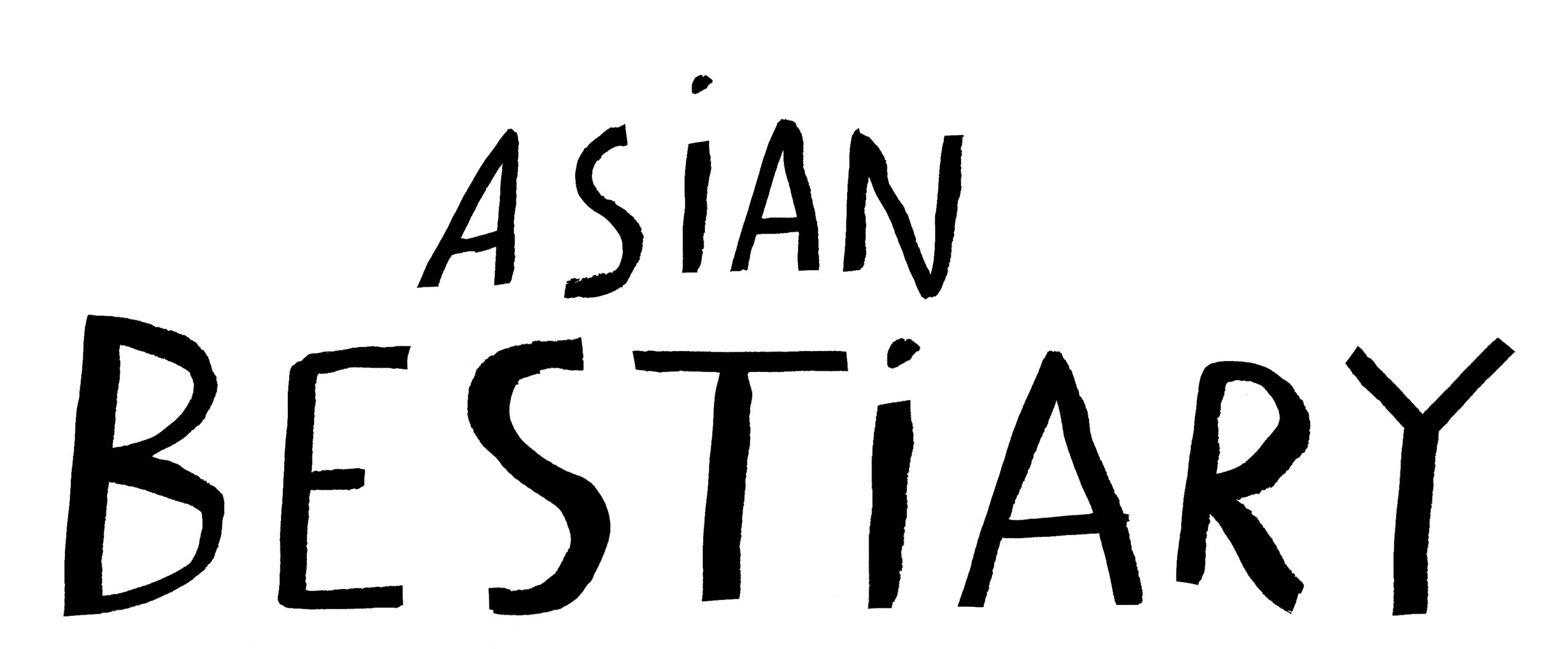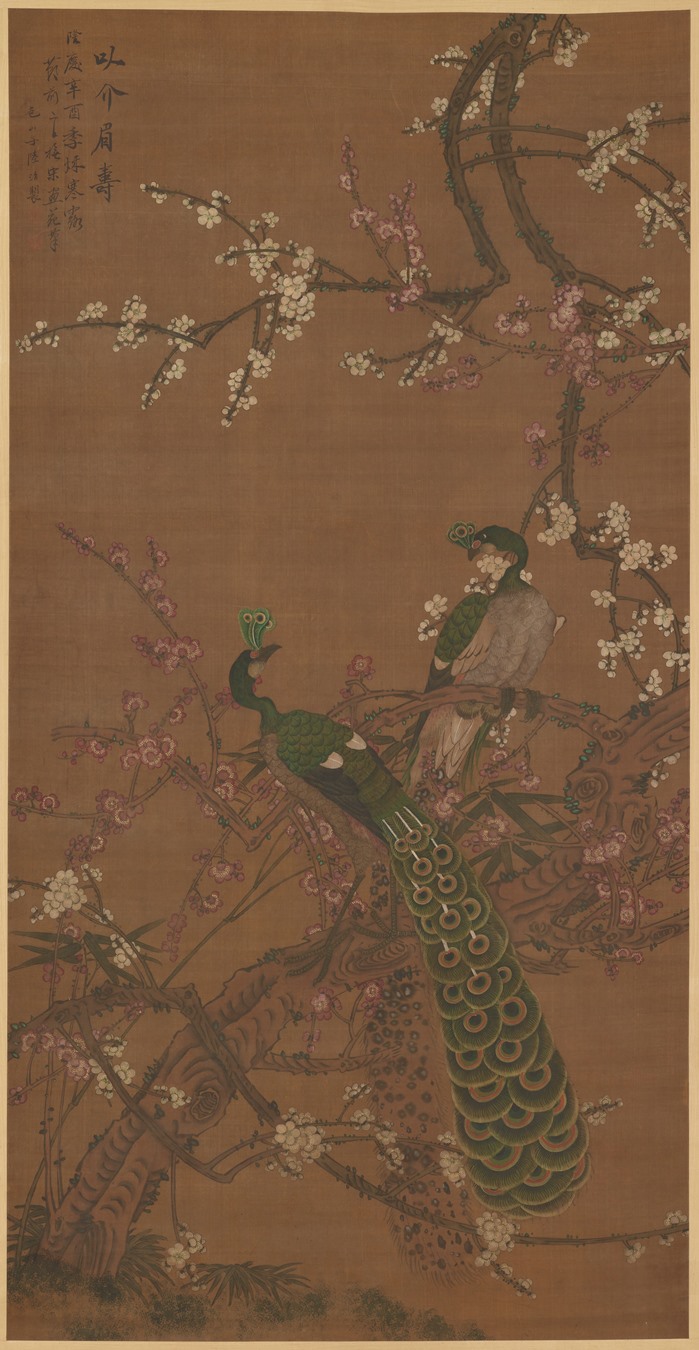Peacocks and peacock products are in use for medical purpose in many countries across the Indian ocean. Stories about this animal were gathered and written by students. They are all part of a pedagogical project, funded by the National University of Singapore and the Université de Paris. The Bestiary site is a work-in-progress and a participatory educational tool, representing animals whose products or body parts are used to promote health and healing.
Feather Ash
A Story by Aljess Lee Chia Mun
The green peafowl (Pavo Muticus) is a native species of the southeast Asian forests. It has been listed on the IUCN red list since 2009. Today, the estimated number of green peafowls is below 30,000. They are often hunted for their beautiful feathers (on the male) as well as their meat. The green peafowl is protected by laws in China as they struggle to keep the native peafowl species alive. An effort to protect the endangered green peafowls saw the court demanding a hydropower dam project in Jiasa River to be shelved earlier in 2020. Much effort can be observed in a bid to conserve this beautiful and mystical creature of Chinese culture and Buddhism.
The beauty and power of a peacock is deeply entrenched into the history of China. In the Tang dynasty, some districts used peacock feathers (tail) as tributes whereby these beautiful ‘pieces of decorative feathers’ would be used to decorate the palace or used for the designation of official court ranks. In the Ming dynasty, the feathers from the tail portion were the insignia of the civil officers of a certain ranking. It was also used for royalty in the Qing dynasty where royal concubines would use fans made of peacock feathers. Since historical times, the peacock has been known not just for its beauty but also as a symbol of divinity and power. Those who believe in feng shui believe that peacocks bring luck and wealth, resulting in the sale of peacock statues and sculptures, as peacocks continue to be symbols of prosperity, beauty and divinity.
The peacock is significant in Chinese culture, not just because of the history, but also because of its association with the Goddess of Mercy also known as “Guan Yin”. The tail of a peacock is believed to have a hundred eyes, due to its design. It is often observed that the peacock’s feathers are spread out behind Guanyin, as they represent her hundred eyes which have the power to cease evil.
The reason for the highly endangered status of the green peafowl is due to human usage of their beautiful feathers and consumption of their meat. Their feathers are used in manufacturing of accessories such as earrings and for other decorative purposes. Their meat is eaten by people in some parts of India and China even though it is technically illegal to do so.
Value in Asian medicine
The fat of the green peafowl (Pavo Muticus), and its common sister species Pavo Cristatus, is believed to have the ability to serve as a medicine for rheumatism, gout and arthritis. It has also been recorded in the Sinhalese pharmacopoeia as a remedy for sprains, prompting one to wonder about the medicinal practices across geographies (Wee & Devasahayam, 2016). The peafowl’s feathers are also believed to have medicinal properties to cure morning sickness or nausea. They are burnt and sold as “peacock feather ash” in many Siddha (a traditional medicine practice in south India) drug stores (Adak, 2017).
The peafowls belong to the bird group family in which they can carry many deadly diseases that transmit to humans from birds. One such example of a disease transmitted by birds like the Pavo Muticus is Psittacosis which is caused by a bacterium known as Chlamydia Psitacci. The infection occurs when a human inhales the bacterium which is often present in dried droppings, mucous and feather dust. This often puts zoo workers, veterinarians and even farmers at risk of the infection should they not follow proper procedures in handling these wild birds (NSW Government, 2018).
Both the Pavo Muticus and the Pavo Cristatus are beautiful creatures that are well-loved for their unparalleled elegance. Their feathers are one of a kind which intrigue children and many adults. These peafowls can be a pest to some people as they can destroy crops and can transmit diseases to the human population, while simultaneously enchanting us with their beauty (Williams, 2015). Their cultural symbolism in the different religions evoke a certain status in human society, while they are also used as a form of medication. I feel thankful for the measures taken to conserve the Pavo Muticus and perhaps someday, we will continue to learn about their unknown properties and other benefits.




